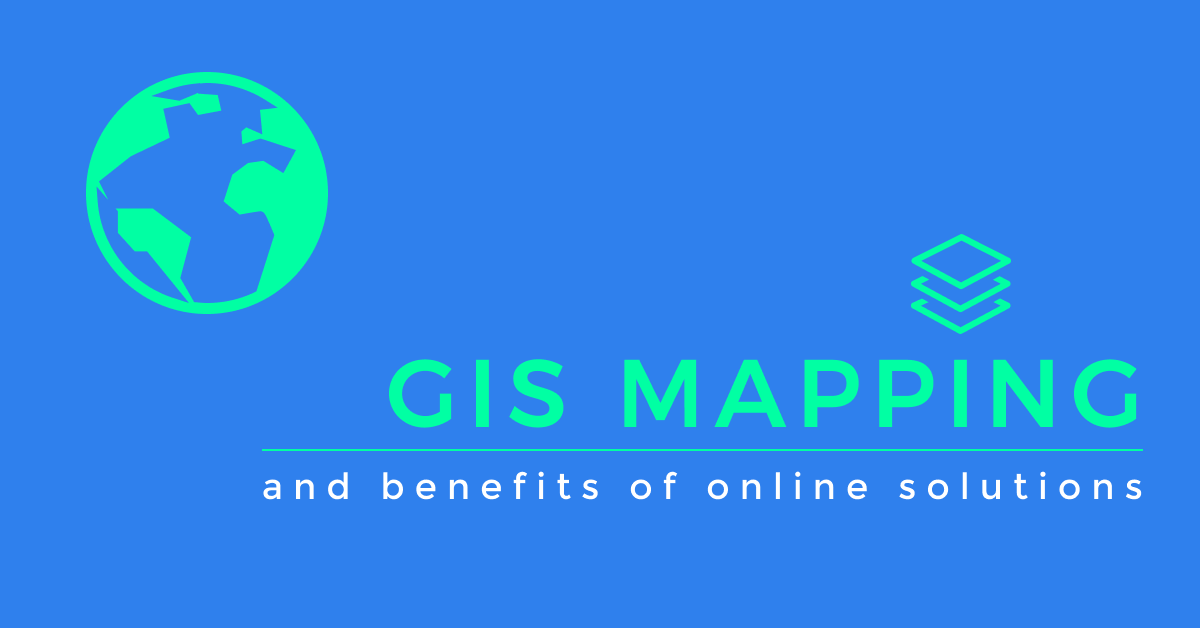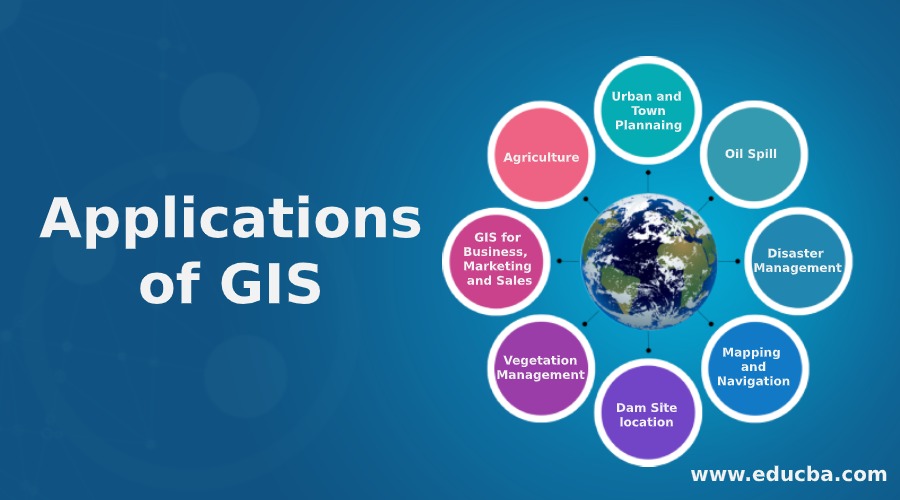In the age of advanced technologies, Geographic Information Systems (GIS) stand out as a transformative tool across various sectors, from urban planning to disaster management. While software, data, and hardware form the foundation of GIS, the human element is what truly brings it to life. People in GIS are not just users; they are the architects, analysts, and storytellers who turn spatial data into actionable insights.
Why Are People in GIS Important?
When discussing GIS, many focus on the technical components like software (e.g., ArcGIS, QGIS) and hardware (e.g., GPS devices, drones). However, the third pillar—people—is often the most crucial. Why? Because while technology can process data, it is humans who contextualize, interpret, and apply this data to solve real-world problems.
GIS professionals bridge the gap between raw spatial data and practical applications. They play a vital role in ensuring that GIS tools deliver meaningful results, whether it’s mapping flood-prone areas or optimizing delivery routes for logistics companies.
Here’s a simple analogy: GIS technology is like a high-powered telescope, capable of seeing distant galaxies. But without an astronomer to understand and interpret what’s being observed, the telescope’s full potential is never realized. The same is true for GIS—it’s the human touch that makes all the difference.

The Role of People in GIS
The role of individuals in GIS cannot be overstated. While software and technology provide the tools, it’s the people who wield them to make a tangible difference in solving problems and improving decision-making processes. Professionals in GIS are multifaceted, combining technical expertise, creativity, and critical thinking to analyze and present spatial data effectively.
What Do GIS Professionals Do?
GIS professionals wear many hats. Their roles can vary widely depending on the industry and the specific challenges they are addressing. Here’s a breakdown of their core responsibilities:
- Data Collection and Management
GIS experts gather spatial and non-spatial data from a variety of sources, including satellite imagery, surveys, drones, and public databases. They ensure this data is accurate, up-to-date, and properly formatted for analysis. - Spatial Analysis and Interpretation
Using GIS tools, they analyze complex datasets to identify patterns, relationships, and trends. For instance, they might study population density maps to help urban planners determine where to build new infrastructure. - Visualization and Map Creation
One of the most visible outputs of GIS work is the creation of maps and visualizations. These are not just static images; they are interactive tools that help stakeholders—be it governments, businesses, or researchers—make informed decisions. - Problem-Solving Across Industries
GIS professionals adapt their skills to diverse fields:- Urban Planning: Identifying the best locations for new developments.
- Environmental Management: Tracking deforestation or mapping endangered species habitats.
- Logistics and Transportation: Optimizing delivery routes or public transit networks.
Case Study:
Consider the response to natural disasters like hurricanes. GIS specialists play a crucial role in creating evacuation maps, identifying areas at risk of flooding, and coordinating rescue efforts. For example, during Hurricane Harvey in 2017, GIS professionals used spatial data to direct emergency services to the hardest-hit areas, saving countless lives.
Why GIS Needs More Than Just Technology
GIS technology is undeniably powerful, but it’s not a standalone solution. Here’s why human expertise remains irreplaceable:
- Contextual Understanding
A GIS software might identify a cluster of disease cases in a region, but it takes a professional to link that data to contributing factors, like water quality or population density. Without human analysis, data lacks context. - Error Identification
Machines can process enormous amounts of data, but they can also propagate errors if the input data is flawed. GIS professionals ensure data accuracy by cross-referencing sources and applying their domain knowledge. - Ethical Decision-Making
Humans add an ethical dimension to GIS work, ensuring that spatial data is used responsibly. For example, they can mitigate privacy concerns by anonymizing sensitive location data.
Fact Box:
A study published by the International Journal of Geographical Information Science highlighted that 73% of GIS project failures were linked to a lack of skilled personnel rather than technological shortcomings.

Key Skills That Make GIS Professionals Essential
GIS professionals bring a unique combination of technical, analytical, and interpersonal skills to their work. These competencies enable them to maximize the potential of GIS technology and address complex challenges. Below is an in-depth look at the key skills that make people in GIS indispensable.
Technical Skills
GIS professionals must be adept with a variety of technologies and tools to succeed in their roles. Some of the most essential technical skills include:
- Proficiency in GIS Software
- ArcGIS: Widely used for creating detailed maps and performing advanced spatial analysis.
- QGIS: A powerful open-source alternative for those looking for cost-effective solutions.
- Other Tools: Google Earth, AutoCAD for integrating GIS with other design platforms.
- Understanding of Remote Sensing
Remote sensing involves interpreting data collected from satellites or drones. GIS professionals analyze this data to monitor environmental changes, map terrain, and track natural disasters. - Database Management
Managing geospatial databases, such as PostgreSQL with PostGIS or Oracle Spatial, is a critical skill. Professionals ensure that vast amounts of spatial data are organized and easily retrievable. - Programming and Automation
Many GIS tasks can be streamlined through programming languages like Python and R. Automating repetitive processes saves time and enhances accuracy.
Essential GIS Tools and Their Uses
| Tool/Technology | Primary Use |
|---|---|
| ArcGIS | Map creation, spatial analysis, 3D modeling |
| QGIS | Open-source GIS mapping and analysis |
| Python | Automation, data processing, scripting tasks |
| PostgreSQL/PostGIS | Spatial database management |
| Google Earth | Visualizing geospatial data in 3D environments |
Analytical Skills
Analyzing spatial data is at the heart of GIS work. Professionals must interpret patterns and draw actionable conclusions. Key aspects of this skillset include:
- Spatial Problem-Solving
GIS experts solve geographic problems, such as optimizing a city’s traffic flow or identifying the most vulnerable areas in flood zones. - Critical Thinking
Beyond identifying patterns, professionals evaluate the underlying causes and implications of their findings. - Data Integration
GIS often requires merging datasets from various sources. For example, integrating climate data with socio-economic information to model the effects of global warming on agriculture.
Real-World Example:
A GIS analyst working for a retail chain might combine demographic data with customer locations to determine where to open a new store. Their work directly influences business strategy and profitability.
Communication and Collaboration
GIS work rarely happens in isolation. Professionals must effectively communicate their findings and collaborate with others across disciplines.
- Visualization and Storytelling
- Creating Visual Impact: Maps are one of the most powerful ways to convey information. A well-designed map can summarize complex data in seconds.
- Telling a Story: GIS professionals use maps to tell stories that drive action, such as illustrating how a proposed highway might affect wildlife corridors.
- Interdisciplinary Collaboration
GIS experts often work with urban planners, environmental scientists, policymakers, and business leaders. Their ability to translate technical findings into practical recommendations is critical. - Stakeholder Engagement
Whether presenting to government agencies or private companies, GIS professionals must tailor their communication to diverse audiences. Simplifying technical jargon while maintaining accuracy is an art they master.
Fact Box:
Research from the Urban Planning Institute shows that effective GIS visualizations reduce decision-making time by up to 40%, as stakeholders can grasp spatial insights more quickly.

How People in GIS Drive Innovation
GIS professionals play a pivotal role in fostering innovation by applying geospatial technologies to solve pressing challenges. Their expertise helps address complex problems in ways that were previously unimaginable. From urban development to environmental conservation, GIS practitioners push boundaries and create innovative solutions that reshape industries and improve lives.
Solving Real-World Problems
GIS professionals are at the forefront of solving critical issues by leveraging spatial data to create actionable strategies. Below are some notable areas where their work has a profound impact:
- Disaster Response and Risk Mitigation
- Mapping Vulnerabilities: GIS experts create detailed risk maps for floods, earthquakes, and wildfires, helping governments and organizations prepare for disasters.
- Coordinating Relief Efforts: During crises, such as hurricanes, GIS tools help locate affected populations and optimize routes for emergency responders.
Case Study:
During the Nepal earthquake in 2015, GIS professionals used satellite imagery to assess damage and prioritize rescue operations. Their rapid response saved lives and guided international aid efforts. - Environmental Conservation
GIS plays a key role in monitoring and managing natural resources. Professionals track deforestation, study wildlife migration patterns, and design protected areas to preserve biodiversity. - Health and Epidemiology
Spatial data helps identify disease hotspots and predict outbreaks. For instance, GIS was crucial in mapping COVID-19 cases, enabling policymakers to allocate resources effectively. - Business Optimization
- Retailers use GIS to identify optimal store locations.
- Logistics companies rely on GIS to reduce delivery times and fuel costs through route optimization.
Advancing Urban Development
Urban areas are growing rapidly, and GIS professionals are leading efforts to make cities more efficient, sustainable, and livable.
- Smart City Planning
GIS enables the integration of data from various city systems—traffic, utilities, public safety—into a centralized platform. This helps in creating “smart cities” that improve quality of life for residents. - Transportation Systems
GIS experts analyze traffic patterns and public transit usage to design better transportation networks. For example, they might recommend expanding bus routes in underserved areas based on spatial data. - Infrastructure Development
Before constructing new infrastructure, GIS professionals analyze factors like land use, population density, and environmental impact to ensure projects are both effective and sustainable.
Visual Example:
A heatmap of commuter traffic flows can reveal bottlenecks, enabling urban planners to allocate resources where they’re needed most.
Driving Sustainable Innovation
The increasing focus on sustainability has opened new avenues for GIS innovation:
- Climate Change Analysis
GIS professionals assess the impact of rising sea levels, deforestation, and urban heat islands. Their findings inform policies that mitigate these effects. - Renewable Energy Development
Spatial analysis helps identify optimal locations for solar farms, wind turbines, and other renewable energy projects. - Carbon Footprint Tracking
By mapping sources of emissions and monitoring deforestation, GIS provides the data needed to track and reduce carbon footprints.
Fact Box:
The United Nations uses GIS to monitor and achieve its Sustainable Development Goals (SDGs), such as clean water and sustainable cities.